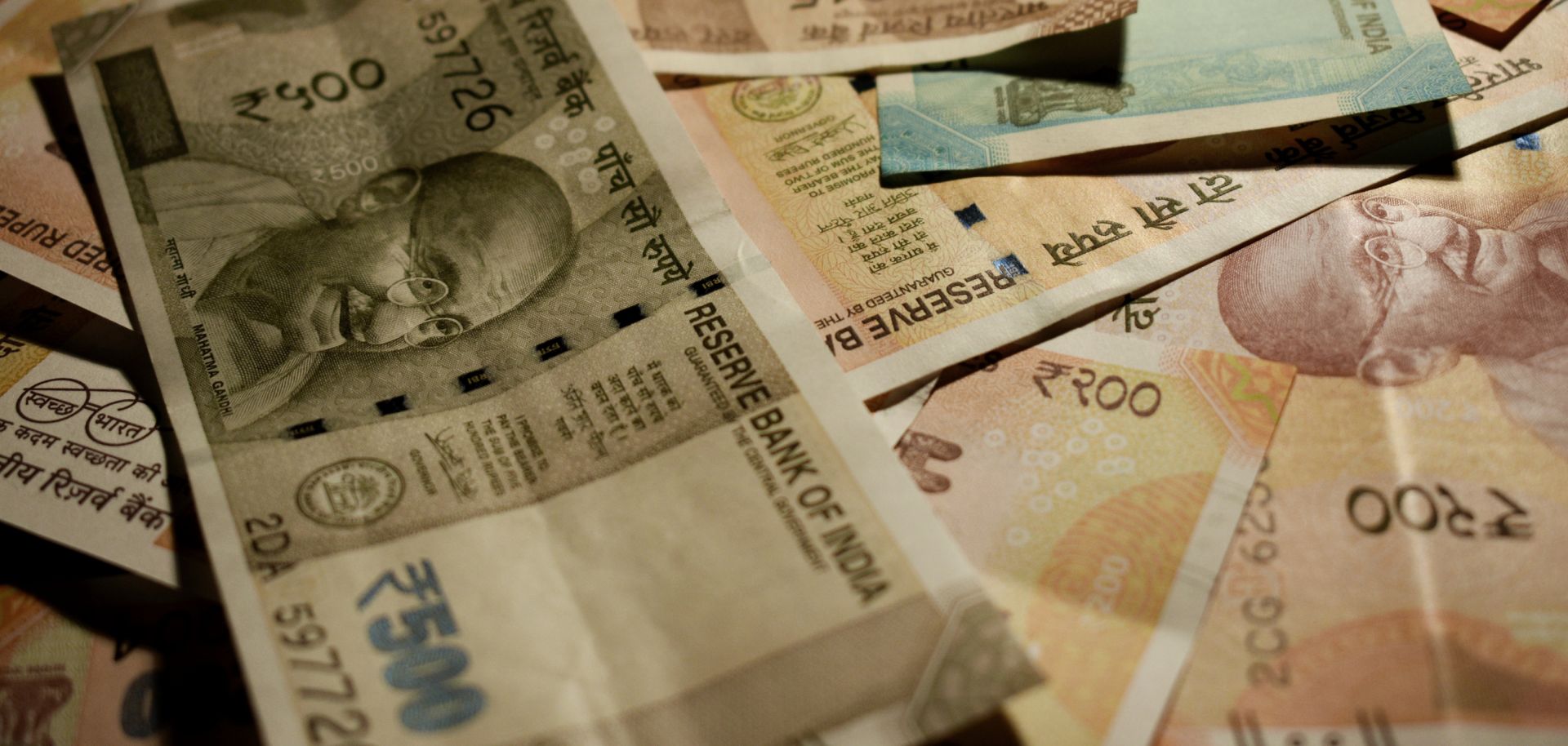ASSESSMENTS
What the Falling Rupee Means for India's Economy
Jul 19, 2018 | 09:00 GMT

A weakening rupee against the U.S. dollar, rising oil prices and other economic vulnerabilities point to challenges for India, and for Prime Minister Narendra Modi as he campaigns for re-election in 2019.
(Shutterstock)
Highlights
- A strengthening U.S. dollar is causing the rupee to depreciate as the cost of India's hefty, dollar-denominated oil imports are rising.
- The falling rupee suggests that Indian monetary policy will enter a tightening phase to stem debt outflows, manage inflation and ease the currency's fall in the world's fastest-growing economy.
- With an eye on re-election in 2019, Prime Minister Narendra Modi will continue to indulge in populist spending, which will expand the country's deficit and slow the government's fiscal consolidation drive.
- While economic trends in India will weaken Modi as a candidate, the absence of a unified opposition indicates that he will remain the favorite in the 2019 general elections.
Subscribe Now
SubscribeAlready have an account?
